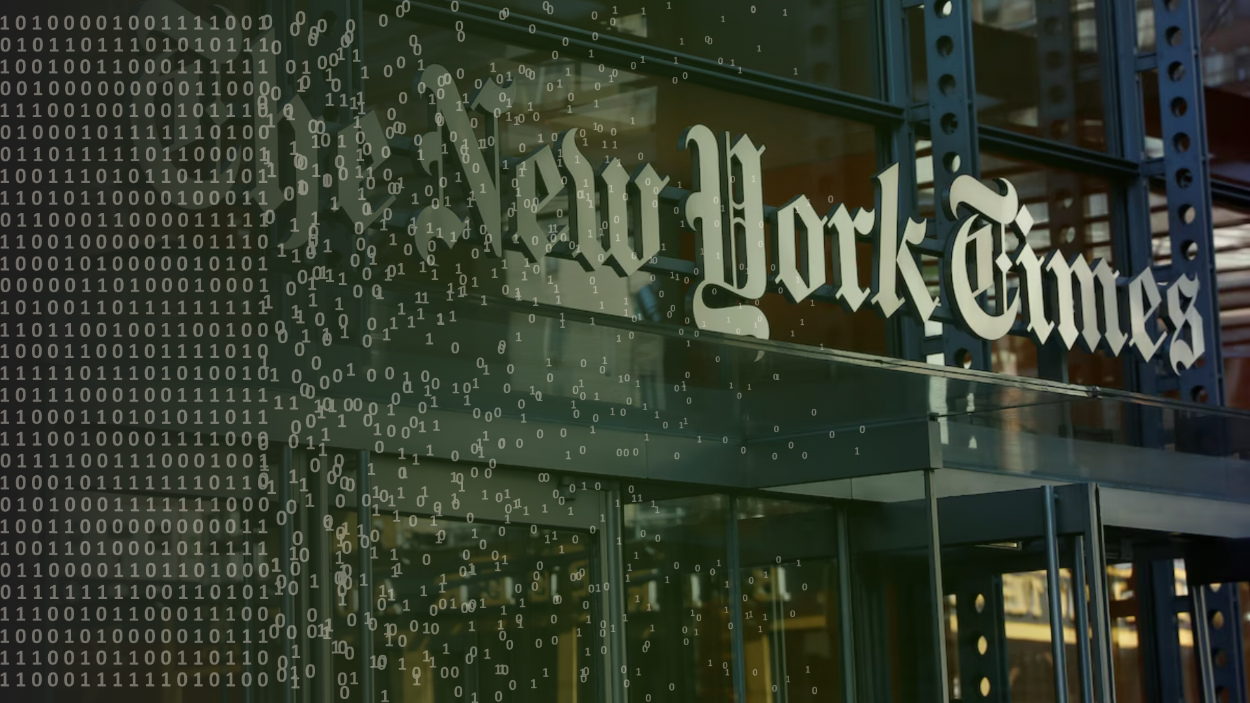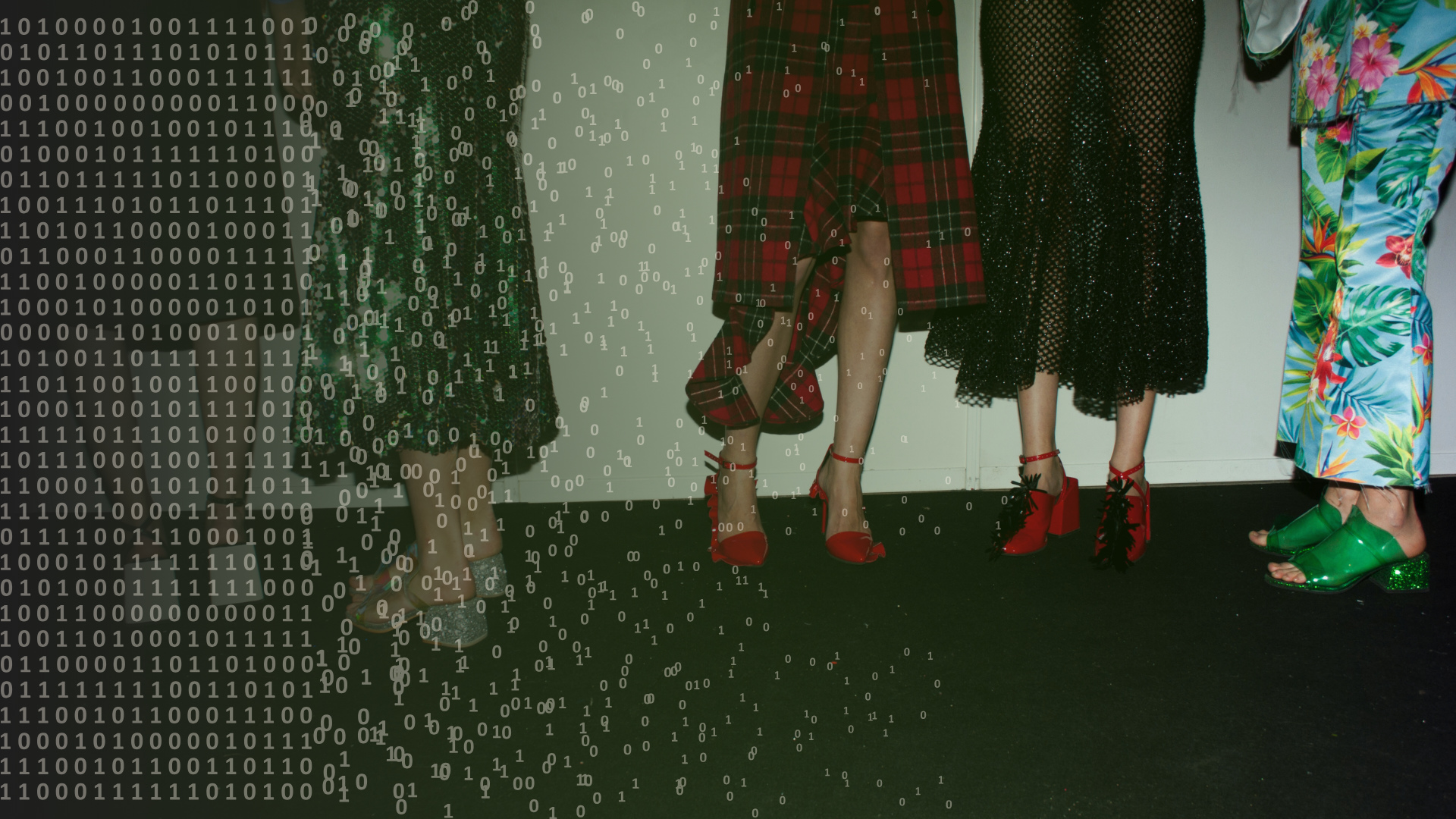Key Takeaways:
- A recent study indicates that generative AI models like OpenAI’s GPT may reproduce copyrighted training data more closely than previously understood, moving beyond mere pattern recognition towards potential replication. This raises immediate concerns for the fashion industry’s increasing integration of off-the-shelf AI in various workflows, from design ideation to marketing copy.
- High-profile copyright lawsuits against AI developers like OpenAI and Microsoft, involving entities such as the New York Times and prominent authors, are gaining traction in the courts. These legal battles signal a serious consideration of copyright infringement by AI outputs, creating a potential precedent that could impact fashion brands utilizing these technologies.
- The U.S. Copyright Office has affirmed that AI-assisted works can be copyrighted, but only with significant human authorship. This places the onus on fashion brands to ensure and document clear human input in AI-generated content to establish ownership and mitigate legal risks associated with their creative pipelines and the datasets they utilise.
Last week, we asked: Does fashion want to wade into the AI copyright battle? This week, the answer might be: it may not have a choice.
In the last few days, a new study published by AI researchers has raised new questions about the way generative models like OpenAI’s GPT interact with their training data. The findings suggest that these models may go beyond learning patterns or stylistic tendencies, and that they can, under certain conditions, reproduce passages from their training materials that closely resemble copyrighted content. While the study does not claim that GPT models are routinely outputting full, word for word reproductions of entire copyrighted works, it does point to instances where AI responses appear suspiciously close to their original sources, especially when prompted carefully.
This discovery might change the tone of the conversation around AI and copyright. What many in fashion assumed were “black box” tools built on probability and inspiration, may actually be functioning with much greater fidelity to original source material than we originally expected. This isn’t just about patterns of creativity, it’s about replication, and more importantly, ownership and legality.

Just days after the aforementioned research report was released, a Manhattan court consolidated a series of high-profile copyright lawsuits against OpenAI and Microsoft. The plaintiffs include the New York Times and a group of celebrated authors, among them Ta-Nehisis Coates and comedian Sarah Silverman, who argue that their work was used without permission to train language models that can now, effectively, recreate their voice and ideas. A federal judge has already rejected OpenAI’s motion to dismiss the Times’ case, signalling that the courts are taking these concerns seriously.
For the fashion industry, the implications are probably more immediate than people care to admit. Fashion’s flirtation with generative AI, whether for copywriting, content creation, design ideation, or mood board assembly, is no longer experimental. These tools are increasingly woven into everyday workflows. And that means the potential legal and financial risks are no longer theoretical.
Because if a language model can memorise and regenerate prose, what’s stopping a visual model from reproducing a distinctive silhouette it was trained on? What’s stopping an AI tool from delivering a pattern that looks suspiciously close to something once seen on a runway, or that lived in a heritage brand archive? What if the next campaign script echoes a past luxury house launch just a little too closely?

Fashion doesn’t operate in a vacuum. It’s a cultural and commercial engine built on references, remixing, and historical cues. The line between homage and infringement has always been delicate, but AI muddies it further. With generative models ingesting billions of images, articles, and descriptions without always knowing what’s protected and what’s not, fashion brands may unknowingly walk into a copyright minefield.
This is where the recently released U.S. Copyright Office report becomes particularly important. It confirms that AI-assisted works can be protected under copyright – but only when there is sufficient human authorship involved. It puts the onus on brands to ensure a clear, documented human contribution in any AI generated creative output. That “human authorship” threshold could become a cornerstone in any disputes over ownership.
At the same time, the UK government is facing pressure to revise its AI copyright bill, which critics argue allows tech companies too much leeway in scraping creative content for training data. Both developments serve as signals that regulatory clarity is on its way, and brands will be expected to comply.

At stake is more than just reputation. If courts rule that models trained on copyrighted materials without consent are producing infringing outputs, then brands using those models – whether intentionally or not – could be held accountable. The lawsuits may currently be aimed at OpenAI and Microsoft, but the ripple effect will inevitably reach the creative industries that deploy these models as part of their daily work.
That’s why new roles like AI Ethics Officer, Creative Data Governance Lead, or even Generative AI Compliance Specialists are poised to become essential parts of any brand’s structure. They will be the individuals responsible for embedding risk management into creative pipelines, and ensuring that fashion’s use of AI aligns with ethical and legal best practices.
Their roles might have a focus on auditing datasets or vetting vendors. Or creating internal guidelines for the use of AI tools in marketing, product design, and e-commerce. And perhaps, most importantly, that brands have a defensible position should a dispute over creative ownership arise. As AI tools become more ubiquitous, these internal governance roles will become more and more important for operational safeguarding.

The need for governance does not however, stop at job titles. It has to extend to infrastructure also. Brands will need better documentation of their creative process, updated contracts with AI vendors and defined boundaries on where and how AI models can be used. In the same way brands currently protect trademarks, they must also now protect their data integrity.
The Interline has long advocated for cautious, thoughtful integration of AI into fashion’s value chain. These new developments only reinforce that view. If fashion wants the benefit of generative tools, it must also invest in the responsibilities that come with them, from transparent data use to clearly defined creative ownership.
There is a world where AI’s memory problem could become fashion’s legal problem, whether the industry is ready or not. Forward thinking brand leaders wont wait for a lawsuit to land, they’ll act thoughtfully, and with intent. It’s not enough to view compliance through a purely legal lens. Brands should see it as part of their creative ethos, proof that innovation can still honour originality, and that technology can support rather than exploit. In that way, responsibility becomes more than a risk strategy. It becomes brand value.
